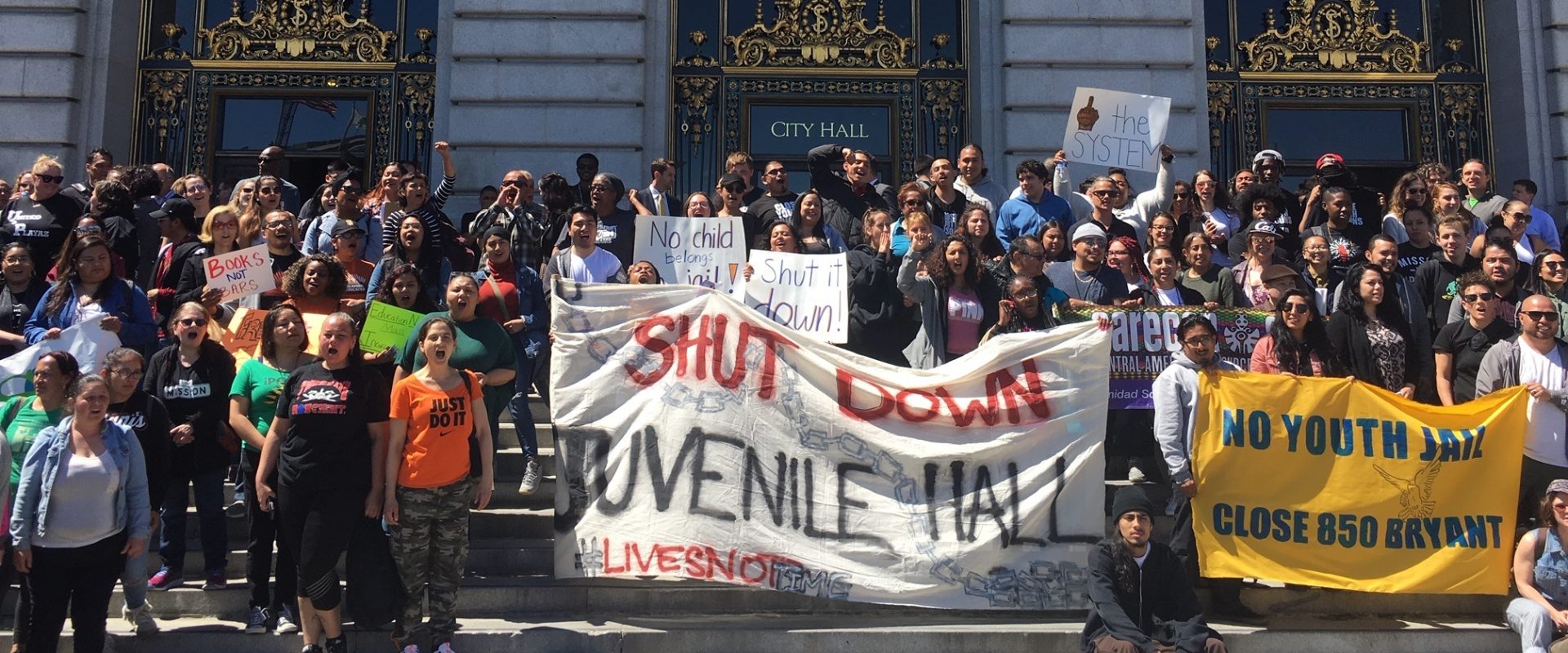As of March 31, 2011, there are 1,232 youths housed in DJF, yet according to the Corrections Standards Authority (CSA) in 2009 there were over 4,000 available beds at the county-level. Why then are counties resisting the Governor’s proposal to eliminate DJF? In February 2011, CJCJ launched a publication series investigating some of the concerns about the Governor’s proposed juvenile justice realignment (See Part One ). Part Two of the series was an update of two previous reports (see here…
Blog Apr 1, 2011
Education as Crime Prevention
It has become a truism among criminologists that there is an inverse correlation between education and crime: as the level of education increases the likelihood of committing crime decreases. One theory that helps explain this is known as “strain” theory. This theory was originally articulated by sociologist Robert K. Merton in the 1930s and has since become one of the most popular theories of crime. The basic thesis of strain theory is this: Crime stems from the lack of articulation or…
Blog Mar 29, 2011
Best juvenile justice practices in motion: James Ranch proves it can be done at the county level.
Santa Clara County continues to demonstrate innovative and effective juvenile justice practices that allow it to serve even its most serious juvenile offenders at the county level, begging the question: why aren’t other counties doing the same? In 2006, Santa Clara County recognized that James Ranch was a failure. It had extraordinarily high recidivism rates, due to a congregate care model that provided violence and custodial management instead of rehabilitation. The County sent serious…
Blog Mar 25, 2011
Hungry Kids
A story in the Los Angeles Times over the weekend caught my eye. The title tells it all: “Report finds 20% of Californians struggled to feed their families in 2010.” The article started with this: “One in five Californians struggled to afford enough food for themselves and their families last year, according to a new report by the Food Research and Action Center.” Families all over the country are struggling as we remain mired in the worst economic downturn since the Great Depression. …
Blog Mar 23, 2011
San Quentin State Prison
On March 17, 2011 CJCJ staff toured San Quentin State Prison with the kind permission and supervision of Lieutenant Samuel Robinson. San Quentin State Prison, home to 4,999 incarcerated men and currently operating at 162% of its design capacity is touted as one of the more progressive California state prisons, yet it struggles to provide services to its burgeoning prison population. The gymnasium at San Quentin has been utilized as a large open dormitory for the past twenty years, in…
